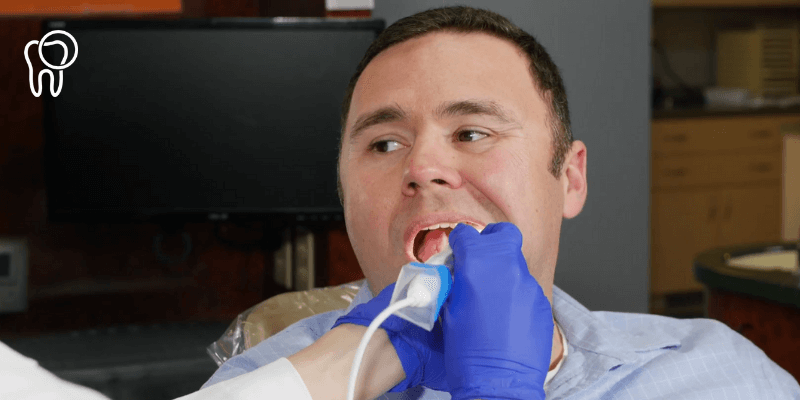
They say a picture is worth a thousand words, but they even have more impact when spoken from the patient’s interpretation of intraoral imaging. Intraoral images can explain to patients what words can’t say. For many years I have used intraoral cameras as part of my daily workflow, whether it be for documentation of fractures, oral hygiene care, case presentation or to monitor conditions. When a patient slides into your dental chair, the importance of intraoral imaging shouldn’t be underestimated, whether it is the first time or you have treated them for years.
Latest and Greatest Technology
“Wow, this is new! I have never seen a picture before.” Often the patient is astonished at this “new” technology, when in reality it is not new at all. Intraoral cameras have been around for decades, however dental providers have either not shown patients their images or just not used cameras in practice. Dr. William Gilbert states, “The secret to being successful with an intraoral camera is just to use the dang thing”. If patients have never experienced the display and discussion of intraoral images before, they will perceive your practice as cutting edge and knowledgeable. It is amazing how a few extra seconds and a $299 intraoral camera can have an impact on your patient and your practice.
An Invested Ally
From the moment visual proof of need is established, the patient is engaged and you have just established credibility with them. We must remember that patients are not trained to read radiographs and they may struggle to comprehend a problem they cannot feel. Discussing intraoral images with a patient not only increases case acceptance (and revenue), but it has also been proven to play a part in improved homecare. My conversations with patients who I recommend periodontal treatment to, always include utilizing intraoral images in addition to radiographs. By adapting to this method case acceptance and compliance increased by 27% in one year alone.
A Partner in Co-Diagnosis
I will often capture images and leave them on the big screen monitor for the patient to review while I get the doctor for the exam. By the time we return to the operatory, the patient has tried to diagnose the fracture or decay and asks, “That doesn’t look right, what are we going to do?”The selling of dentistry and apprehension from patients melts away when visual proof is provided.
Intraoral images compliment many aspects of clinical care, education and diagnosis. Having one in every operatory where they are easily accessible is a small investment for the return in revenue, and most importantly as you “wow” your patients.
About the Author
Jamie Collins, RDH-EA is a hygienist in Idaho and Washington states. She has been in the dental field for over twenty years, both as an assistant and hygienist. With a passion for patient care, especially those with higher risk factors, Jamie enjoys sharing the tips and tricks of dental profession through speaking and writing for various publications. In addition to clinical practice Jamie is also a speaker, educator, has contributed to multiple textbooks, curriculum development, and contributes as a key opinion leader for various companies. Jamie can be contacted at jamiecollins.rdh@gmail.com or visit mydentaleducator.com

